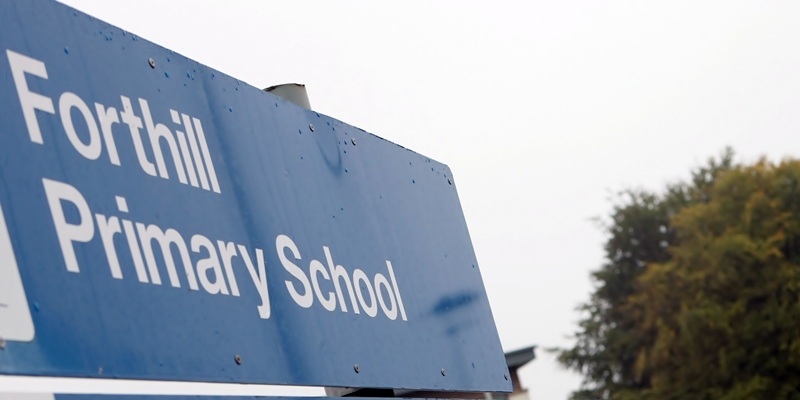Dundee councillors are being urged by their own officials to approve the siting of a phone mast near a primary school despite dozens of objections from worried parents and residents.
The planning application by Vodafone and O2 for a 60ft mast on the edge of the grounds of Forthill Sports Club in Broughty Ferry, will be considered at a meeting of the city council’s development management committee next week.
The site chosen is near Forthill Primary and parents have already voiced concerns about the potential health effects on pupils.
They have reiterated those fears in many of the 46 letters of objection received by the council, along with protests over the design of the mast and its potential impact on the nearby Forthill conservation area and on property prices.
But a report by officials states none of the objections is supported and the application, meant to improve the companies’ 3G coverage in the area, meets the requirements of the city’s development plan.
Vodafone and O2 looked at other potential sites, but rejected them for various reasons. They want the mast built as a replica telephone pole near a group of mature trees.
Council officials say this means it will not have an adverse impact on neighbouring properties and add, “The operator has identified a location that is away from as many sensitive viewpoints as possible. It is considered that the operator has demonstrated the difficulties of locating a telecommunications mast in this area and has justified the site selection and mast design process.”
The companies have also lodged a certificate showing the mast will comply with guidelines on exposure to radio frequency radiation.
The report says, “The proposed development shall not pose a significant threat to the health of neighbouring residents, children attending Forthill Primary or members of Forthill Sports Club.”
The councillors must now decide whether or not to allow the mast, though if they refuse permission, the companies have the right of appeal to the Scottish Government.
A deputation representing some of the objectors hopes to speak at the meeting. Doreen Phillips, one of the objectors, said, “I would say we are outraged this has been recommended for approval.
“That radiation is produced from mobile phone masts is not in doubt, it is the level of radiation that’s safe which is debatable. No one knows for sure what it is: it could be years before it is known for definite.
“We say the precautionary principle should apply and these masts should not be erected near schools.
“Children are the youngest and most vulnerable in our society, from those moving up from nursery classes to age 12, and we should be looking to protect them from, not subject them to, radiation.
“These beams have been proven to penetrate walls, so goodness knows what they could do to developing skulls and cells in children.
“The worst place a mast could possibly be located is beside a primary school, as the children have to be there for hours every day, day in and out they have no choice.
“There were other locations considered two were acceptable to the companies (although they preferred the school site) but no explanations have been given…why they didn’t pursue those instead.
“The companies also said they considered an application to put the mast on the school grounds, but rejected it as it would be unacceptable to the community.”
Ms Phillips said the mast would be closest to the playground and infants’ classrooms, adding, “We also object to this 60ft monstrosity on the grounds of the visual impact, the devaluing of nearby house prices, and the fact that it is on open, public ground.
“The elected members are in their positions because we voted them there, to speak for us, the community, and for the school children. They have a duty to all of us to throw out this appalling application, and we will not forget that come next year’s local government elections.”
Officials have recommended refusal to another application by Vodafone and O2 for a 50ft mast in Lochee United’s Thompson Park, saying the design is out of character with the area and the firms had not done enough to show they had considered alternative sites.
